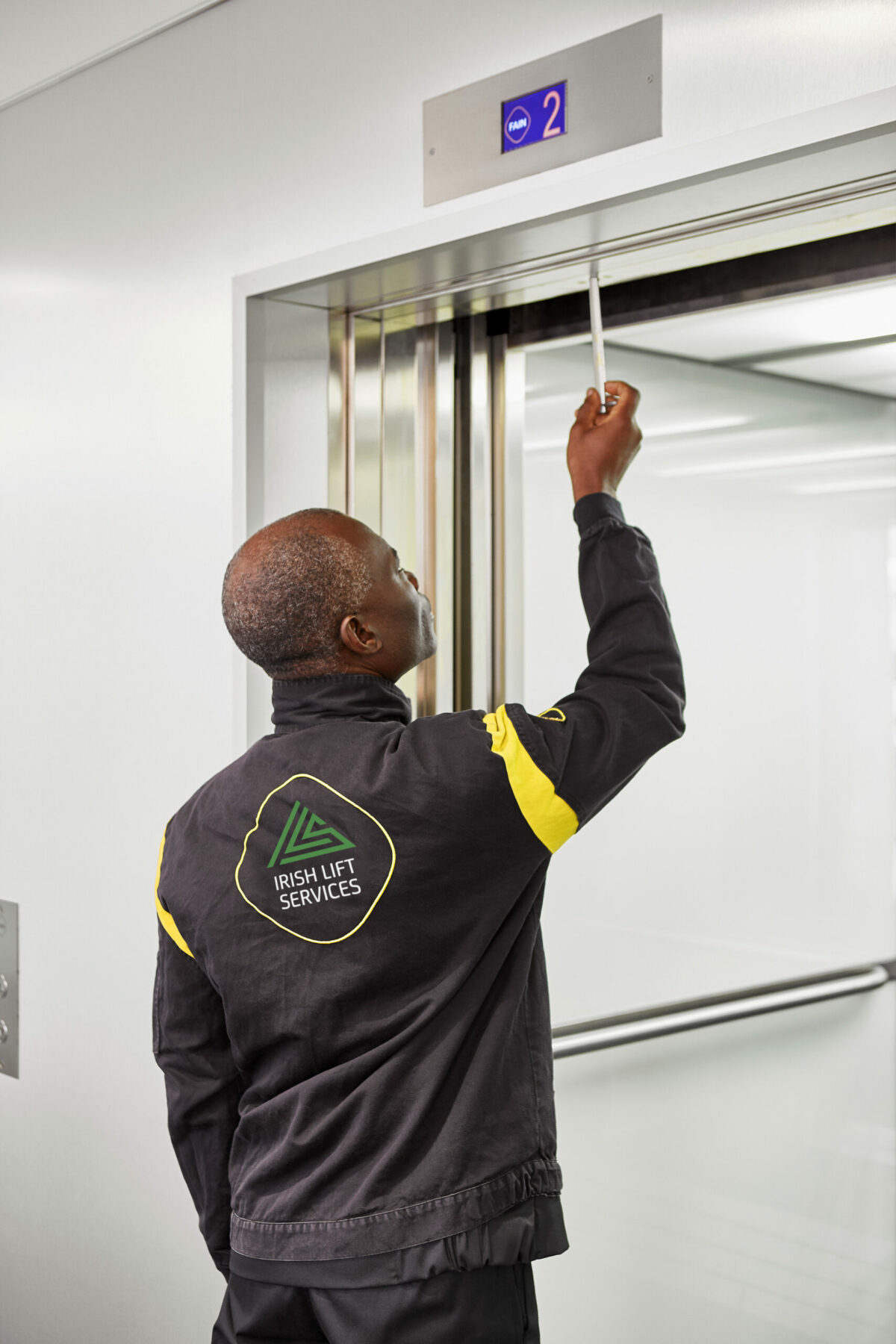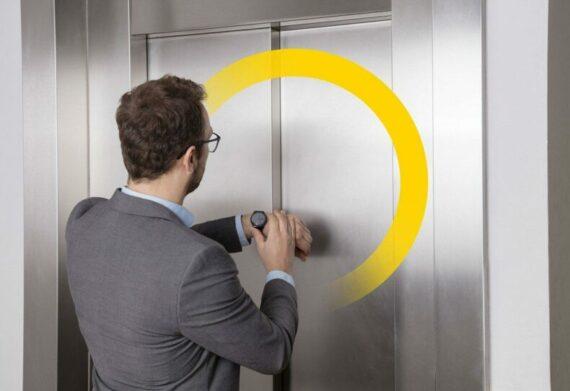“What if the cables let go?”, “What if the cab falls?”, “What if…? ” Although we all ride in lifts every day, there are people who are apprehensive about getting in one, either because they fear getting trapped or being involved in some kind of accident. If you are one of those who occasionally wonders what to do if a lift falls, in this post we’ll explain why you shouldn’t worry about any of this happening. Below are five facts you should know so you can rest easy when you’re in one, since they explain why a lift can’t fall.
Can a lift fall?
There are more than 14 million lifts worldwide, making 3 billion trips every day! And despite everything, we rarely see news about accidents involving lifts.
The safest means of transport, and the most popular
Spain has the highest number of lifts per capita in the world; however, it is not the country with the most accidents. Specifically, according to FEEDA data, in 2017 there were 607 accidents, more than 90% of which were minor!

The number of deaths due to accidents in lifts is even lower than in aviation accidents – already considered extremely safe. The same is true of deaths caused by falling down stairs: that number is 65 times higher than that caused by lift accidents.
What if the lift falls?
All lifts are required to comply with the stringent safety measures. In addition, more and more ingenious systems are being invented to prevent accidents. You’ve heard about some of them, right?
The ingenious safety systems in lifts to avoid falls
- Locks that keep landing doors from opening if the cab is not on that floor.
- Infrared curtain for lifts that make it impossible to close the cab doors if there is an obstacle in the way (such as your dog’s leash, for example).
- Parachutes and speed limiter that, if necessary, bring the cab to an immediate stop.
- Suspension cables with a minimum safety coefficient of 12, meaning they can hold twelve times more load than their design load.
- Mechanical components designed for any type of situation: The cab chassis, counterweight and frame are designed for the least favourable conditions, such as emergency braking (parachute actuation) and impacting the buffers (the shock absorbers located in the pit) at full load (there are elements that are even tested at 125% of their load). We must not forget that a lift is a very special machine: it is designed to stop in response to the slightest problem, which is why it leaves you trapped. But that’s a good sign, as it avoids any type of accident. And you know that with FAIN, you’ll be rescued in under 30 minutes.
- Emergency telephone service that links the cab with the maintenance company’s Customer Service Centre. In the case of FAIN, this system is operational 24/7 and prioritises emergency calls over any other.
- Gearless machines and other solutions to avoid mislevelling between the cab and landing, in other words, when the lift stops between floors.

They are subject to constant inspections
Every lift must undergo periodic reviews by the maintenance company, the frequency of which varies depending on the type of building it is in. In the case of ILS, we conduct these checks once a month according to a maintenance plan that specifies which components to check and what actions to take based on the type of device.
Lifts also have to pass their own technical inspection. These inspections are carried out by an Authorised Control Body every two, four or six years, depending on the type of lift. In fact, your lift must have a label with information and a colour indicating if its mandatory inspection is up to date. We explain this in more detail in this article on lift inspections!
And…they’ve witnessed miracles!
In November 2018, six people were trapped in a skyscraper in Chicago and survived an 84-storey free fall – from the 95th to the 11th floor. The lift eventually stopped thanks to the speed limiter and the second cable. However, this “miracle” would not have been possible without adequate safety measures.
If you’re the skittish type, you yourself, when you ride in one, can take steps to make it almost impossible for you to have an accident. Observe the maximum load limits, don’t jump or make sudden movements, don’t throw objects through the lift shaft… This is common sense advice!In short, if you want to avoid unpleasant surprises, make sure your lift has passed the relevant inspections and follow these precautions to the letter!
If you have any doubts, please contact us!
Basic information on data protection: In accordance with the GDPR and the LOPDGDD, FAIN ASCENSORES S.A. will process the provided data in order to contact you with the information you need. For more information about the processing of your data and to exercise your rights, please visit our privacy policy




